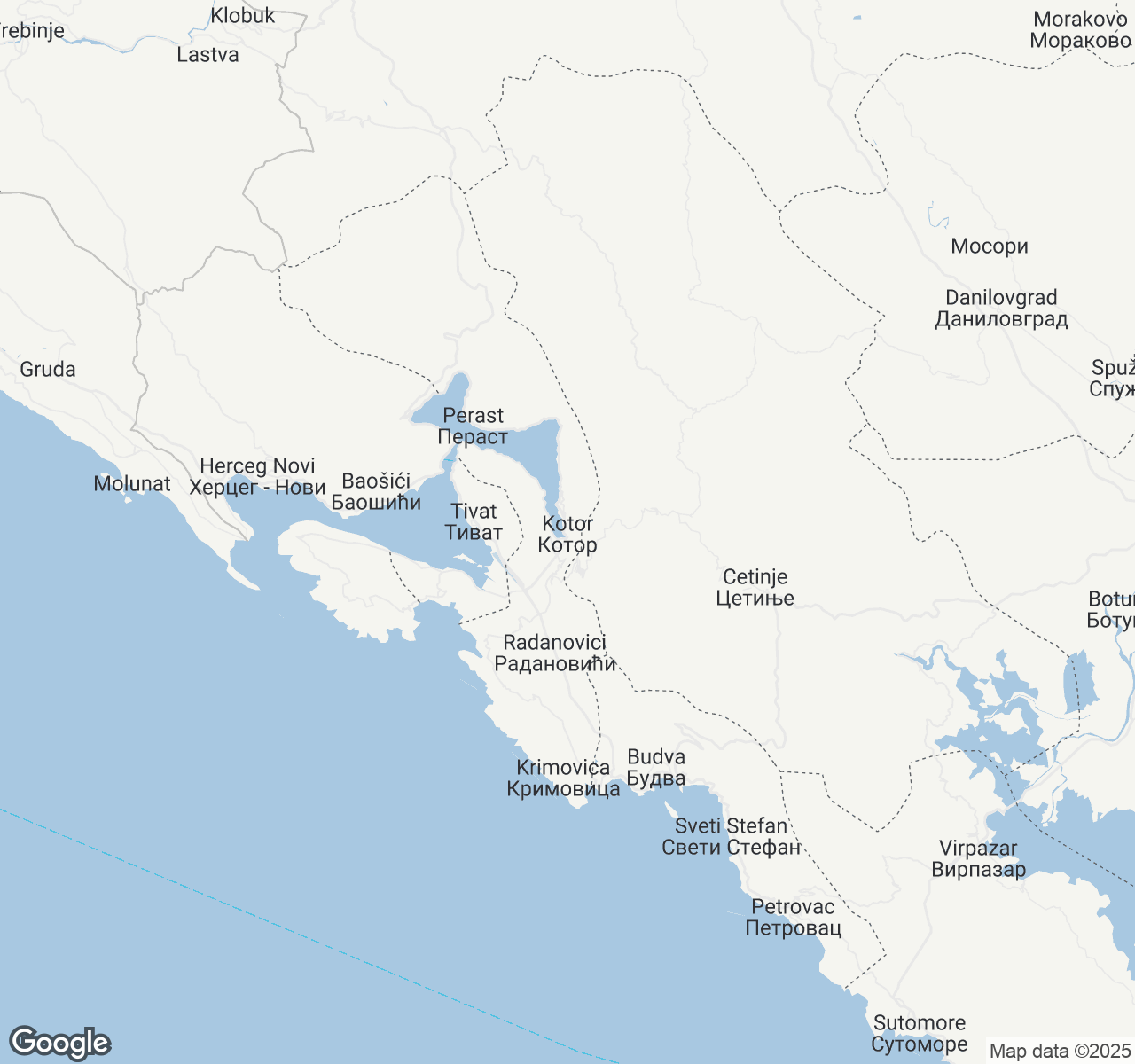
Things to Do in Kotor
Discover the best of Kotor
Plan Your Trip
Essential guides for timing and budgeting
Top Things to Do in Kotor
Discover the best activities and experiences. Book now with our trusted partners and enjoy hassle-free adventures.
Your Guide to Kotor
About Kotor
located between emerald mountains and the mirror-like waters of the Adriatic, Kotor feels like a secret whispered by centuries past. This medieval jewel, cradled within Montenegro's most dramatic fjord, pulses with an energy that transcends time. Stone walls built by Venetian hands embrace terracotta rooftops, while church bells echo across waters so still they seem painted. Here, narrow cobblestone streets wind upward like ancient prayers, leading to hidden squares where locals gather for evening coffee as their ancestors did for generations. The old town breathes with quiet intensity—cats sunbathe on weathered steps, laundry flutters from wrought-iron balconies, and the scent of wild herbs drifts down from the surrounding peaks. As twilight paints the bay in shades of gold and lavender, Kotor reveals its most magical quality: the ability to make visitors feel both utterly transported and completely at home, as if they've stumbled upon a place where time moves differently, more gently.
Travel Tips
Transportation: Rent a car at Tivat Airport (20km away) for maximum flexibility exploring the bay. Within Kotor's Old Town, walking is mandatory—vehicles are banned. Use local buses (€1-2) for nearby destinations like Perast. Book airport transfers in advance during summer.
Money: Montenegro uses the Euro despite not being in the EU. Carry cash—many restaurants and shops don't accept cards. ATMs are plentiful in Old Town but scarce in surrounding villages. Tipping 10% is appreciated but not mandatory.
Cultural Respect: Dress modestly when visiting Orthodox churches and monasteries—cover shoulders and knees. Remove hats inside religious sites. Montenegrins value personal relationships; don't rush conversations. Learn basic Serbian/Montenegrin greetings—locals genuinely appreciate the effort.
Food Safety: Tap water is safe to drink. Try local seafood at waterfront restaurants but avoid places without refrigerated displays. Njeguški pršut (smoked ham) and local cheeses are must-tries. Restaurants often close 3-5pm, so plan lunch accordingly.
When to Visit
Kotor's seasons paint dramatically different portraits. Summer (June-August) brings blazing sunshine with temperatures of 25-30°C, perfect for swimming and hiking, but expect crowds and prices inflated by 40-60%. The Kotor Summer Festival (July-August) transforms the old town into an open-air theater with classical concerts and performances. Spring (April-May) offers ideal conditions—mild temperatures of 18-23°C, minimal rainfall, and shoulder-season prices 20-30% lower than peak summer. Late spring showcases wildflowers cascading down mountain slopes. Autumn (September-October) delivers exceptional value with warm weather (20-25°C), fewer tourists, and harvest festivals celebrating local wine and olive oil. Winter (November-March) sees temperatures drop to 8-15°C with increased rainfall, but accommodation costs plummet by 50-70%. While some restaurants close seasonally, winter reveals Kotor's authentic character—locals reclaim their town, and misty mornings create ethereal scenes perfect for photographers. For hiking enthusiasts, avoid July-August's scorching heat. Culture seekers should target shoulder seasons when museums are less crowded and local life flows naturally through ancient streets.

Kotor location map